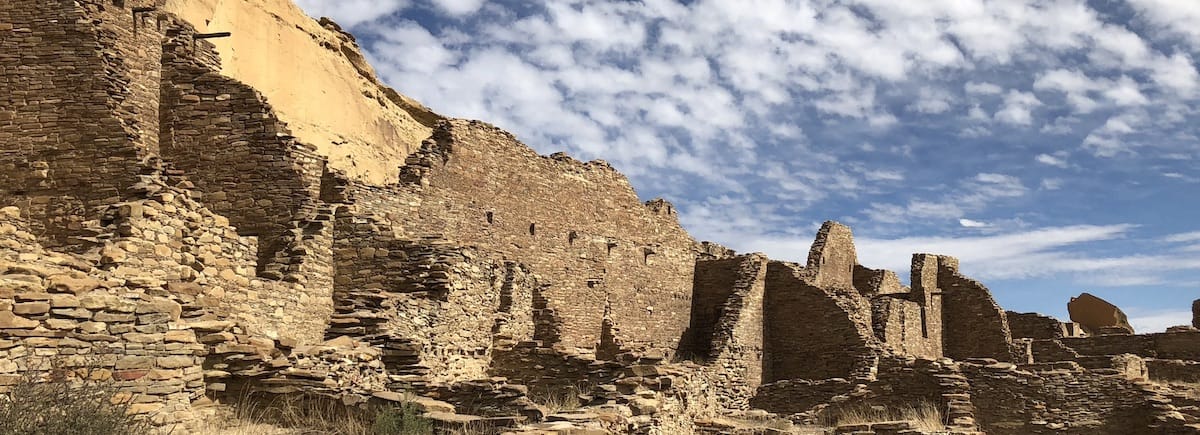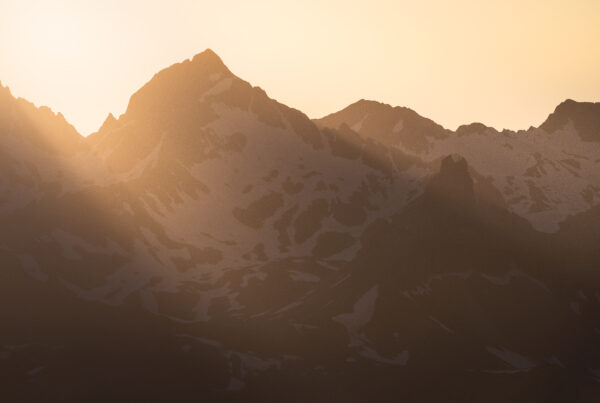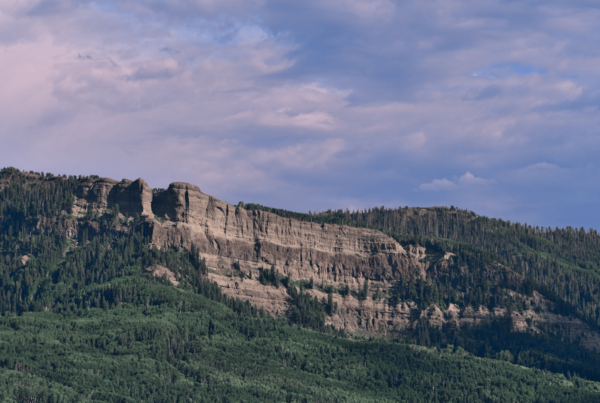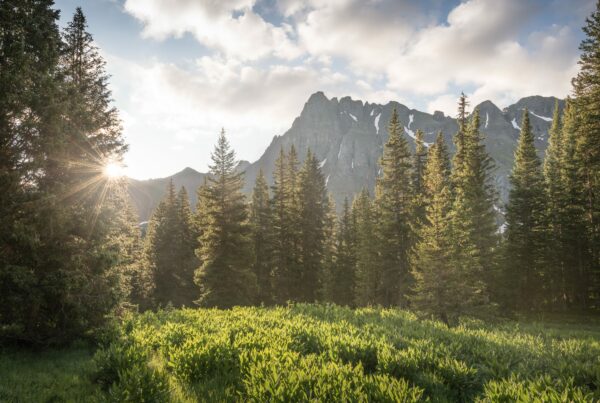This week the Biden administration took action to safeguard lands surrounding Chaco Canyon from impacts associated with encroaching oil and gas extraction.
The Department of Interior announced a two-year moratorium on new oil and gas leasing within the 10-mile zone surrounding Chaco, and started the process to figure out what lands might be appropriate to more permanently place off-limits for a 20-year period.
This was welcome news to a large variety of folks concerned about the pace and level of destruction associated with new roads, well pads, tanks, pipelines and flaring that has marched toward Chaco in recent years. The two-dozen Puebloan tribes who trace their ancestry to Chaco most notably expressed relief, along with conservationists and archaeologists, but also the largely Navajo communities directly in the path of this industrial development.
Chaco Canyon was the center of an impressive society 1,000 years ago. The national park preserves dramatic features of Chacoan civilization in Chaco Culture National Historical Park, such as Pueblo Bonito and Chetro Ketl. But the park only encompasses the center of a larger hub and not the renowned network of Chacoan roads that radiate outward in linear paths toward distant outposts. A collection of remote pueblos called Chacoan outliers are located across the landscape of northwestern New Mexico and into Southwest Colorado.
It is these outliers and Chacoan roads most impacted by road and well-pad construction associated with oil and gas industrialization. Some well-known outliers, such as Pierre’s Site, have noisy and dirty wells clanking away literally within a stone’s throw distance.
The Interior Department’s action pauses new leasing while the Bureau of Land Management and Bureau of Indian Affairs can update analysis of the environmental and cultural impacts from energy development in this landscape.
To the great frustration of conservation advocates, Puebloan tribes and Navajo residents, the BLM has approved new development in a pell-mell fashion, relying upon woefully outdated environmental reviews almost 20 years old. Despite the outdated analysis, BLM’s Farmington office continued to issue new oil and gas leases encroaching ever closer on Chaco.
The rush toward Chaco was made possible by technological advances in oil exploration, particularly hydraulic fracturing that allowed companies to free oil from previously inaccessible oil deposits tightly bound in the Mancos shale formation. BLM’s 20-year-old analysis never contemplated development of these geologic formations, which are nearer to Chaco, yet the agency continued its full-speed-ahead leasing and development.
Landownership around Chaco is a hodgepodge of owners and priorities, a checkerboard pattern of federal lands, state parcels, Navajo Nation tribal holdings and individual Navajo allottee properties. The Interior Department’s pause only applies to the federal lands that comprise perhaps one-third of the area near Chaco, but comprises the majority of lands targeted for oil exploration in recent years. These are situated closer to U.S. Highway 550, near the Navajo communities of Lybrook and Nageezi. Anyone traveling the highway in recent years, particularly at night, was staggered by the apocalyptic images of flaming gas flares dominating the night sky.
The nearby Navajo communities have dealt with endless streams of truck traffic, and the noise, dust and air pollution associated with the web of industrial development laid down over their homes and schools. The most extreme cases have included explosions and fires at well pads and storage tanks, raising great concern for communities without nearby emergency services, such as fire departments and medical responders.
The Chacoan landscape mesmerizes many who ponder the civilization that built it. In the next few months, BLM will be launching a public outreach effort about the region’s future. Stay tuned.
This content first published in the Durango Herald here.




